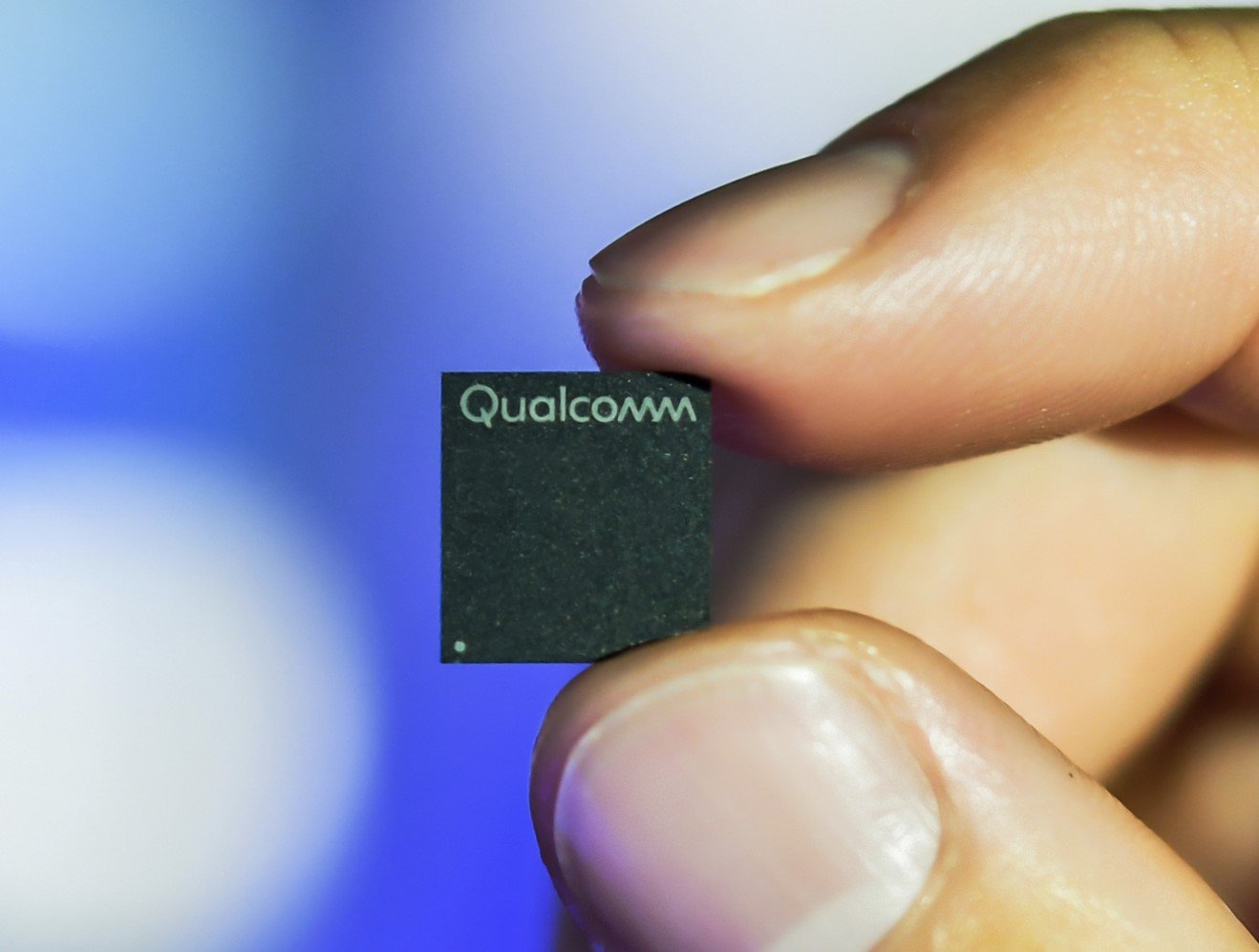Here's why Microsoft hasn't made a 'Surface Go X' … yet
An ARM-powered Surface Go X is enticing, but the tech won't be there until later in 2022.
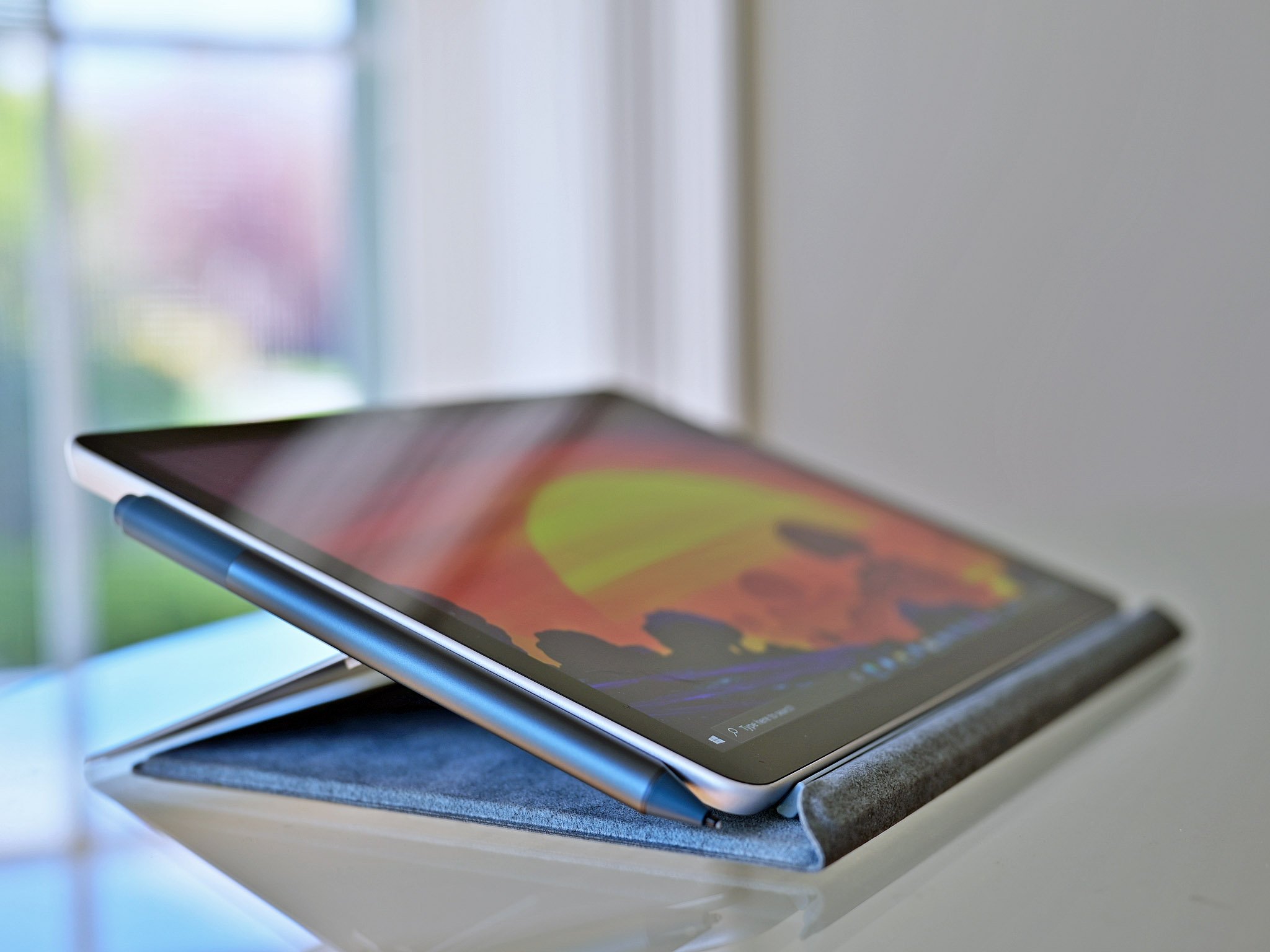
The concept of an ARM-powered "Surface Go X" to compliment the Intel-powered Surface Go 3 is enticing. As someone who has boasted about ARM technology with Windows since 2016, I'm not only a huge fan of Windows on ARM PCs, but I use them all the time (I currently jump between Surface Pro X and HP's Elite Folio).
So, a recent editorial we published asking why Microsoft hasn't made a budget Surface Go X powered by ARM resonated with me. I'm all for the idea. Such a device could be slightly thinner and get comparably more battery life than even Surface Go 3 while keeping the costs similar.
The benefits of ARM seem apparent, so why is Microsoft so obstinate? The answer is simple: The Qualcomm Snapdragon 7cx Gen 2 is not good enough.
Since 2016 I've been commenting how this is a journey, not a race. But I'm not naïve. Going into the fifth year since Windows on ARM was announced, there has been a lot of progress, including the world's first 5G-enabled laptop. But there are still improvements to be made before mainstream use of ARM is normalized.
While it's easy to argue Microsoft should use the higher-powered Snapdragon 8cx Gen 2, the fact is that chip is priced at a premium. Any "Surface Go X" must use the budget-friendly Qualcomm Snapdragon 7c series. It's no different than Intel Pentium (low-cost) vs. Intel Core i7.
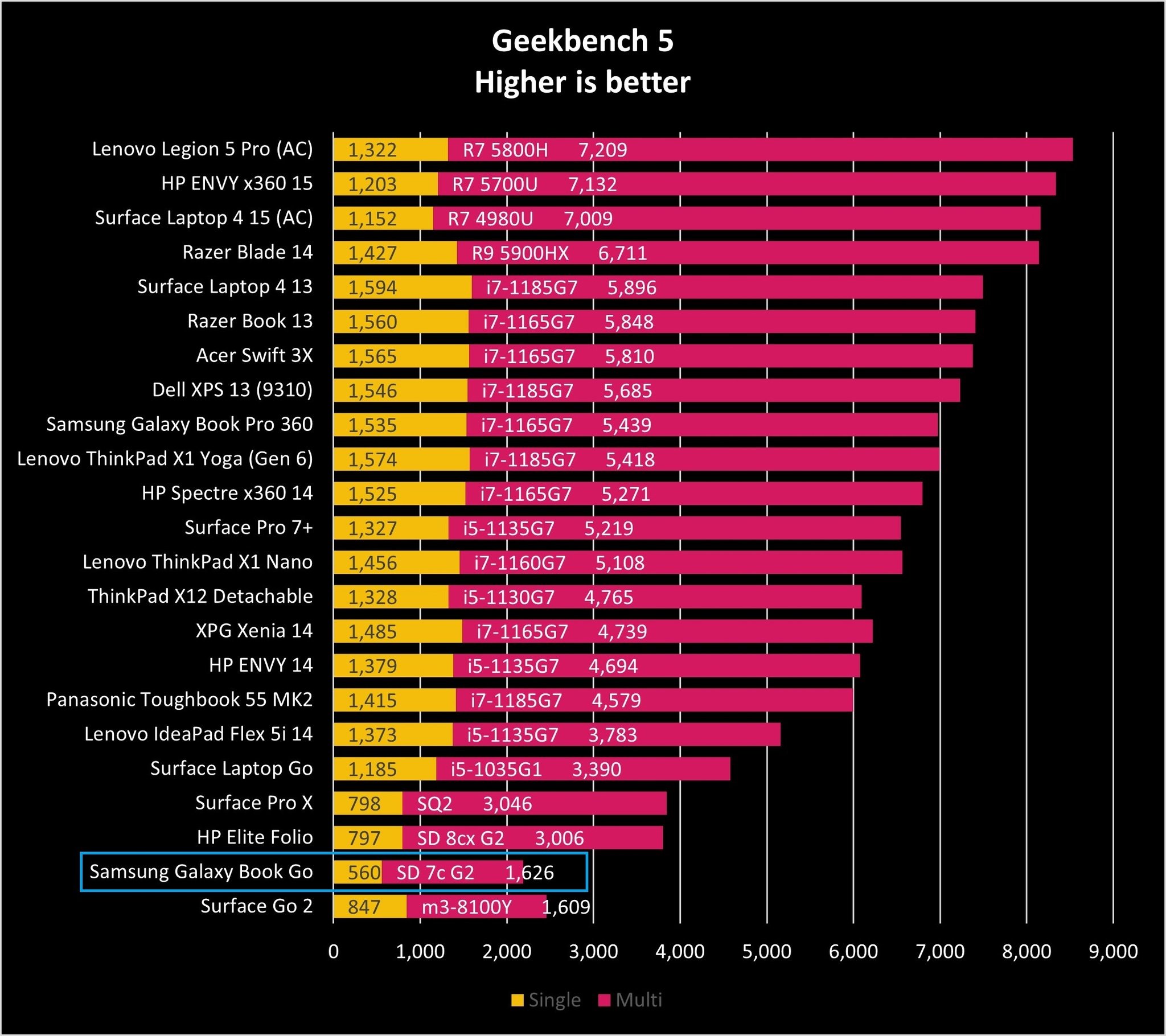
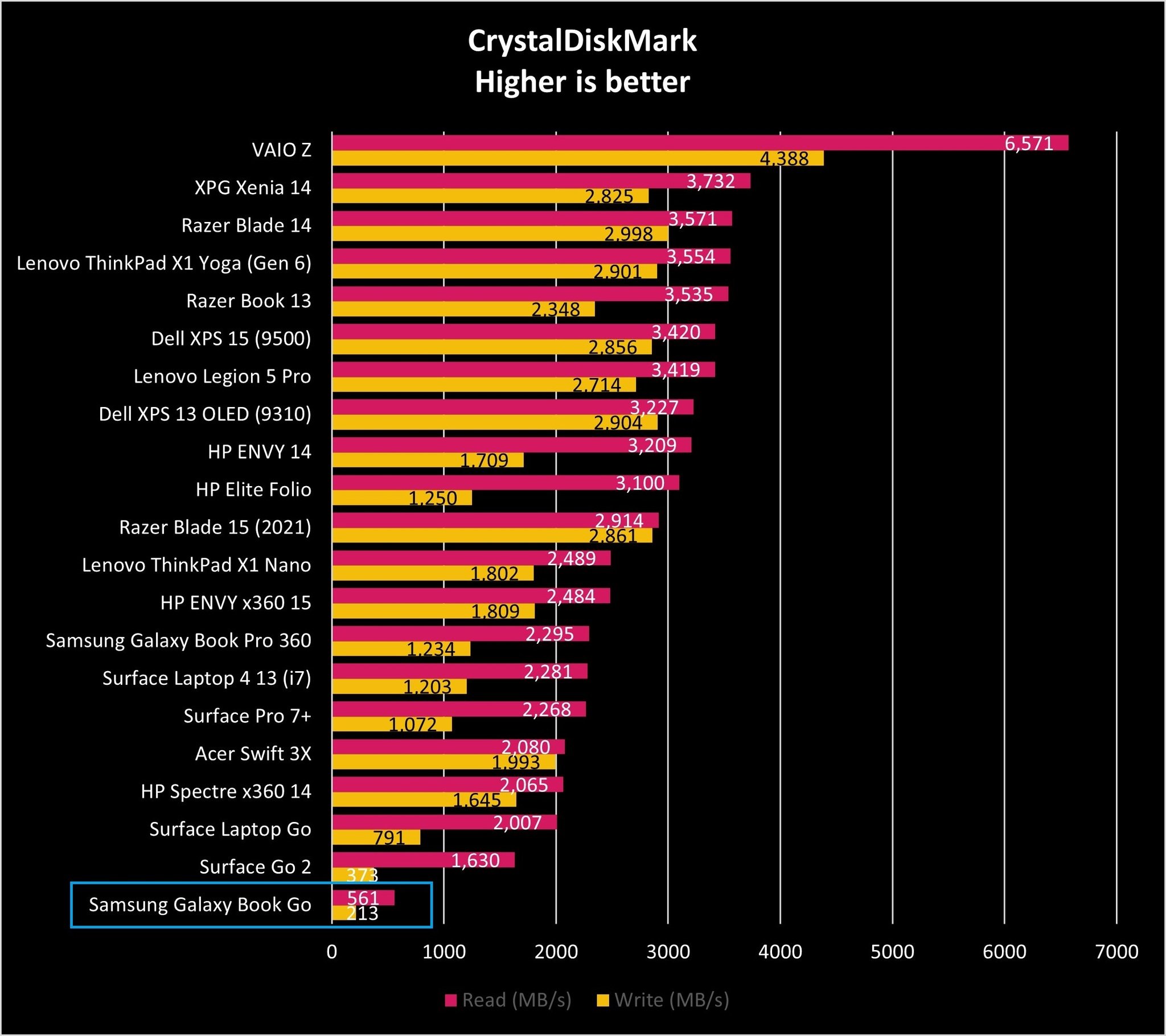
I've used the Snapdragon 7c Gen 2 in the recently reviewed Samsung Galaxy Book Go, where I praised the overall pricing and execution. Still, I lamented how the processor is just not ready yet to beat Intel. It's very close but needs one more generation to deliver a compelling (and not frustrating) user experience.
Microsoft launching a Surface Go X with a Snapdragon 7c Gen 2 would be the same. It'll look the part and be priced for the mass market, but users will be left unsatisfied.
All the latest news, reviews, and guides for Windows and Xbox diehards.
Wait for Snapdragon 7c Gen 3 (and Cortex-A78c)?
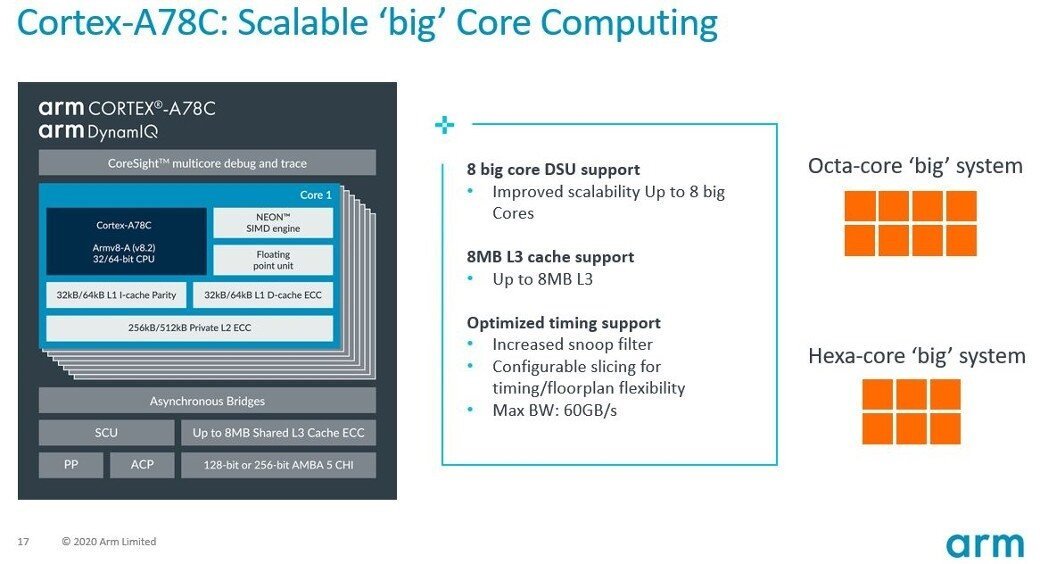
I could see Microsoft doing Surface Go X when Snapdragon 7c Gen 3 hits the market. We don't know much about that chip yet, as Qualcomm hasn't announced it, but here is some informed speculation.
I think Qualcomm is likely to shift to the newer and more powerful Arm Cortex-A78C platform for its Windows on ARM processors later this year. The 5nm SoC would likely ship with Qualcomm's Hexagon 780 DSP (Digital Signal Processor), which serves as the basis for the popular Snapdragon 888 chipset used in smartphones.
The Cortex-A78C is no secret, as details around it were revealed by Arm in late 2020. Instead of big.LITTLE architecture, the A78-C can utilize a homogeneous structure with all big cores giving much more computing power. From Arm's remarks on the platform:
The Cortex-A78C CPU is built on the foundation of the Cortex-A78 CPU as part of a scalable solution with advanced security and architecture features allowing up to eight big-core-only CPU configurations. Along with this enhanced CPU configuration, the Cortex-A78C also includes memory system improvements allowing up to 8MB of shared L3 Cache for demanding workloads, including AAA gaming, multimedia editing and other professional productivity suites.Enables high-performance computing with support for up to eight big-core-only cluster and up to 8MB L3 cache running eight threads in parallel for demanding digital immersion workloads, from all-day play to all-day productivity.
Qualcomm would need to take this Arm design and build it into a Snapdragon chipset by adding graphics, DSP, and more, as that's how this all works.
Of course, Qualcomm may delay Cortex-A78C and instead push a higher-clocked Cortex-A76 architecture which serves as the basis for the current Snapdragon 7c, 8c, and 8cx Gen 2s. However, alleged benchmarks leaked in April suggest a much more significant boost in performance, implying an architecture shift.
Assuming those benchmarks are in the ballpark of accuracy, the 8cx Gen 3 falls between an Intel Core i7-1065G7 and the Intel Core i7-1165G7 in multi-core performance. By way of comparison, this alleged 8cx Gen 3 gets a massive 60% performance improvement against Gen 2 (in multi-core tests). A 7c Gen 3 would have a less powerful GPU, reduced core performance, and other design changes to reduce costs while keeping performance well above 7c Gen 2 but behind 8c and 8cx Gen 3.
Historically, Qualcomm announces new Snapdragon computer chips in December. Due to COVID last year, that event did not happen, but one is expected in 2021. That'd be a good time to hear about these new chips.
If that Qualcomm announcement happens, again, going by history, we won't see those new chips in actual Windows devices until mid-2022 at the earliest. That nicely sets up Microsoft to announce a 5G Surface Pro X and yes, maybe that "Surface Go X" in September or October 2022.
ARM: Lots of momentum for PC in 2022 and 2023
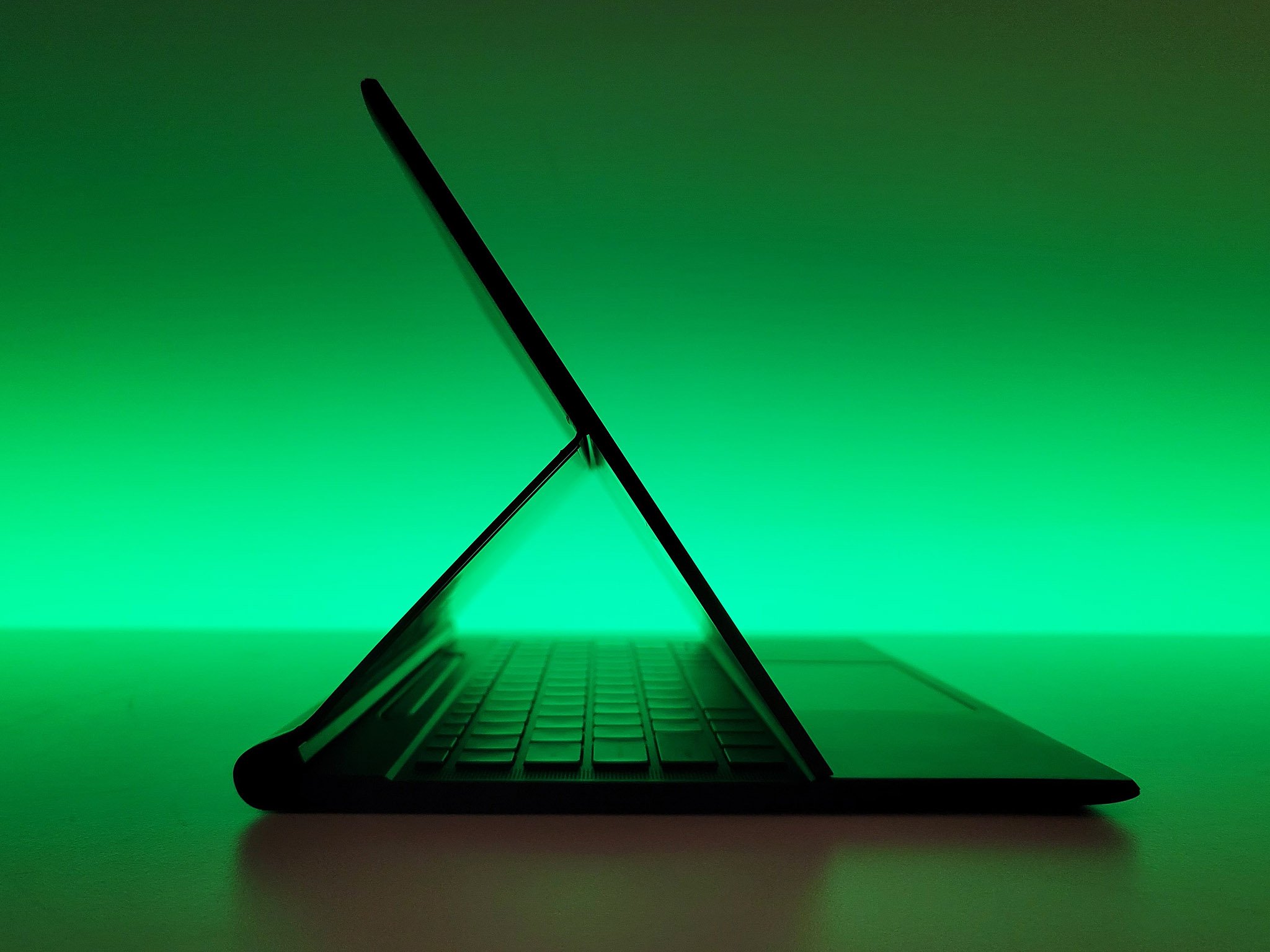
Finally, it's worth noting that ARM and Windows are going to continue to ramp up in 2022. And not just because of Qualcomm.
NVIDIA is buying Arm, the company that designs the chips Qualcomm eventually customizes and builds, for $40 billion. NVIDIA has not been shy about wanting to get back into making ARM processors (remember Tegra?) while also leveraging its RTX graphics prowess to deliver some potent potential PC devices. We already saw some of this integration back in July.
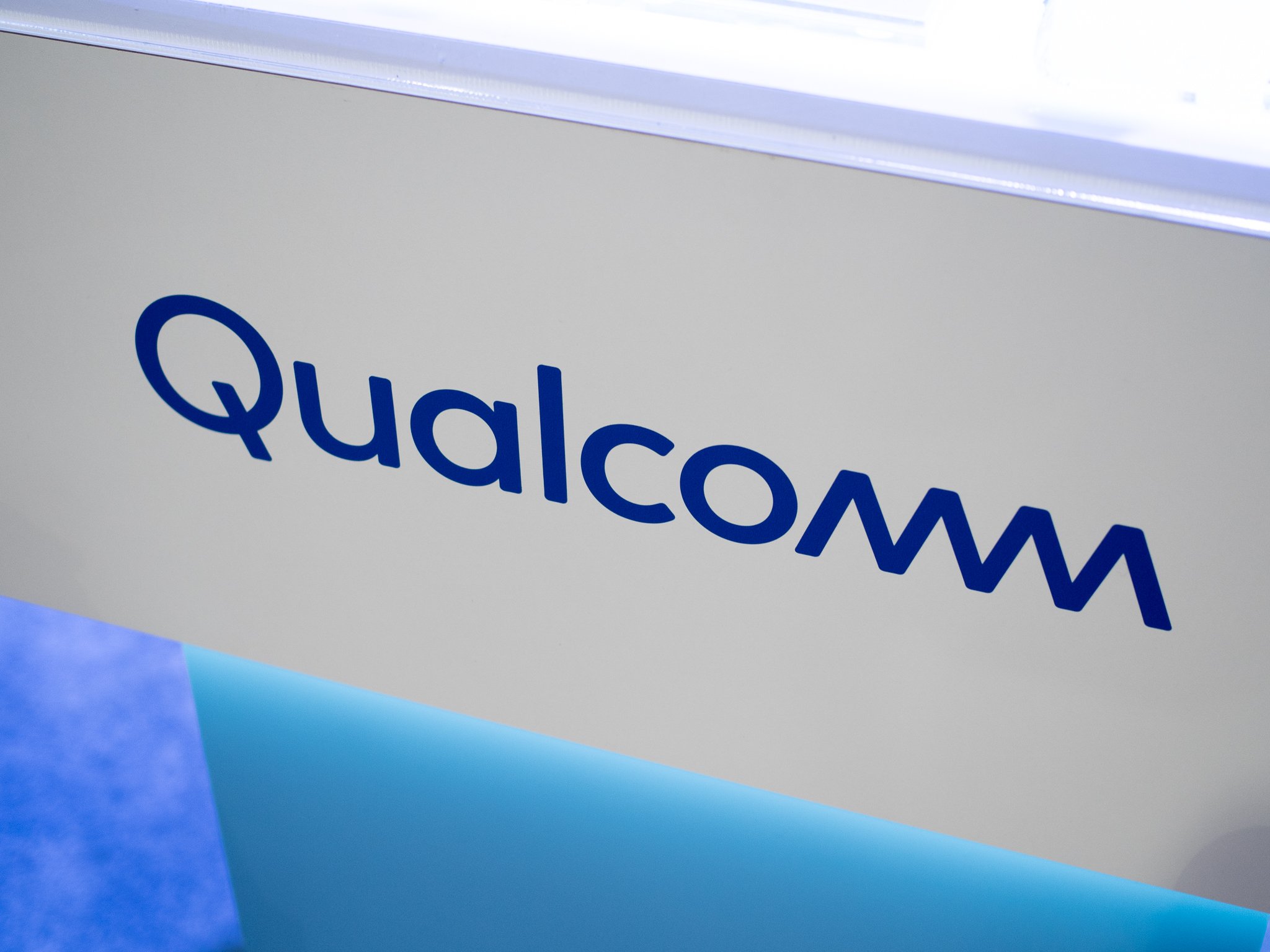
Samsung also has its ARM-based Exynos chips. Samsung teamed up with AMD to bring RDNA 2 and ray tracing to Exynos back in June. The official announcement jives with the rumor from May that Samsung is making Exynos for laptops, which also leverages AMD. Indeed, Samsung has been on a laptop kick lately with the Galaxy Book (Pro), Galaxy Book Go, and Galaxy Book Pro 360 series. And the company has made a few Windows on ARM PCs already using Qualcomm.
Speaking of Qualcomm, the company purchased Nuvia in January. If you have never heard of Nuvia, that's fine. Just know ex-Apple chip designer Gerard Williams founded it. Williams served as the chief architect leading the design of every Apple chip from the A7 to the A12X, leading to the famed Apple M1 processor used in MacBooks. Along with fellow Apple chip architecture executives John Bruno and Manu Gulati, Williams now works at Qualcomm. Let that sink in as it's a very big deal.
Qualcomm hasn't been coy about its plans with Nuvia, either, even if the results are still two to three years out.
And while there are rumors of Microsoft building its own silicon, I think those plans have been put aside. Qualcomm dropping $1.4 billion on Nuvia sends a strong signal the company is "in it" for building PC chips.
Wrapping up, I think Microsoft could do a Surface Go X when the time is right, and that's not now. But if Qualcomm's Gen 3 computer chips are an architectural shift, then a strong case for such a device can be made.
We'll see what happens.

Daniel Rubino is the Editor-in-chief of Windows Central. He is also the head reviewer, podcast co-host, and analyst. He has been covering Microsoft since 2007 when this site was called WMExperts (and later Windows Phone Central). His interests include Windows, laptops, next-gen computing, and wearable tech. He has reviewed laptops for over 10 years and is particularly fond of 2-in-1 convertibles, Arm64 processors, new form factors, and thin-and-light PCs. Before all this tech stuff, he worked on a Ph.D. in linguistics, performed polysomnographs in NYC, and was a motion-picture operator for 17 years.
